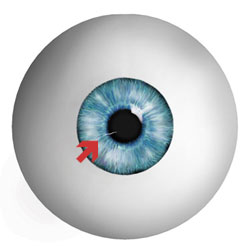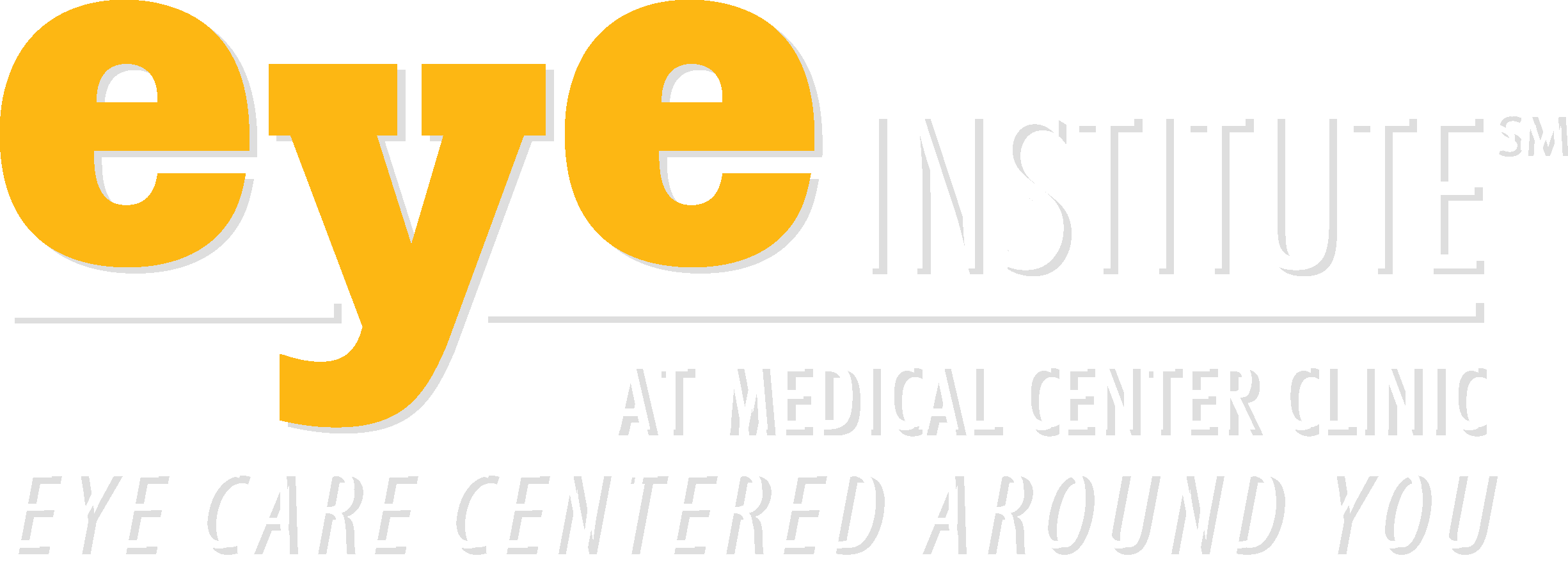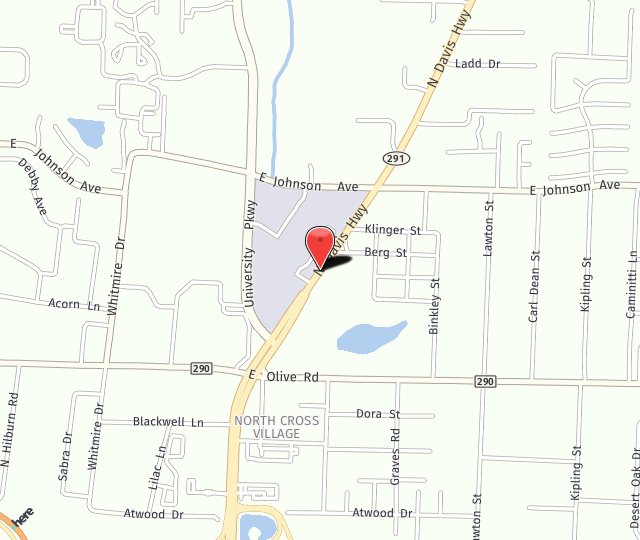Corneal Abrasions


A corneal abrasion is simply a scratch in the outer layer of the cornea
The cornea is the clear, outer window of the eye. A corneal abrasion is simply a scratch in the epithelium (skin), or the thin, outer layer of the cornea. Abrasions usually heal in a short time period, sometimes within hours. Deeper or larger scratches may take up to a week. The cornea has a tremendous number of nerve endings, which makes any damage to the cornea very painful.
Symptoms of corneal abrasions:
- History of a recent eye trauma
- Watery eyes
- Acute pain
- Sensitivity to light
- Blurry vision
- The feeling that there’s something in your eye
- Twitching eyelid
Causes of corneal abrasions:
- Foreign body in the eye
- Contact lenses
- Chemicals
- Blow to the eye
- Scratched eye (fingernails, hairbrushes, tree branches, etc).
Diagnosing corneal abrasions:
Your eye doctor can identify corneal abrasions by examining your eyes with magnifying instruments. Your doctor will check your eye, including under your eyelid, to make sure there are no foreign materials present. Depending on the initial exam, fluorescein dye may be used to help locate and identify the corneal abrasions. A test called the Seidel test (painting the wound with dye and observing for leakage) may be performed to uncover possible deeper injuries.
Treating corneal abrasions:
Your doctor may apply a topical anesthesia to help relieve the pain. Usually, a tight patch will be placed over the eye and if the abrasion is small, the epithelium should heal overnight. If the abrasion is large, it may take a few days and your doctor may prescribe antibiotics to help prevent infections. It is important that you do not rub your eye, especially during the healing process.

